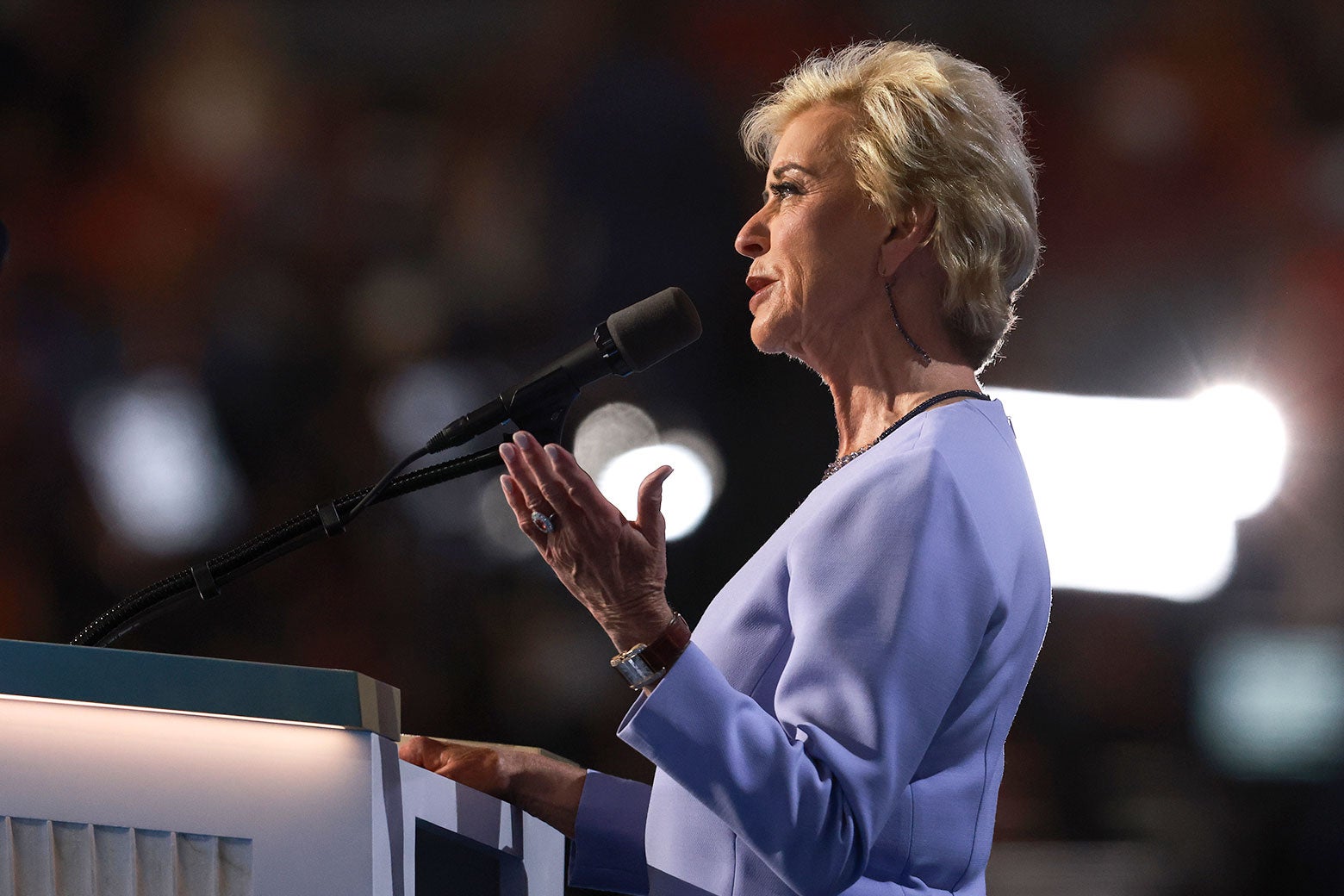Entertainment
Trump’s WWE Ally Has a Controversial Vision for American Schools

Linda McMahon and Her Vision for the Department of Education: What Trump 2.0 Might Bring
As we look ahead to a potential second term for Donald Trump, one question looms large: what will happen to education under his administration? With the nomination of Linda McMahon to lead the Department of Education, we see echoes of his previous term. McMahon, who previously headed the Small Business Administration, is known for championing apprenticeships and workforce training as key strategies for education reform. Her organization, America First Policy Institute, promotes the idea of education closely linked to job readiness.
The idea circulating among Trump’s supporters is a nostalgic return to an educational system reminiscent of the Founding Fathers. While this may sound appealing, there is a significant disconnect between their vision and the reality of that era. History reveals that the education system in the early Americas was far from ideal—chaotic and often inadequate, it was a time when many children prioritized labor over learning.
Consider the period between the Revolution and the Civil War, a time when education was largely localized and left to market forces. Enrollment in public schools was sparse, and many children, especially from underprivileged backgrounds, faced significant barriers to education. Enslaved Black children were systematically denied access to schooling, while free Black children in northern cities struggled to find educational opportunities. For example, in 1828, Rev. Peter Williams highlighted the shocking disparity in New York City, citing that only 600 Black children were enrolled in schools despite the estimated need for over 2,500.
Even among white children, educational access was limited. Horace Mann, a prominent figure advocating for public education in Massachusetts, warned in 1839 that many children could not find schools to attend. He gathered compelling data indicating that only about half of the state’s children had access to year-round schooling. The situation was even bleaker in rural areas, such as Georgia, where public schools were severely lacking.
The plight of children during this era was marked by heartbreaking individual stories. A letter from a nine-year-old girl in rural Georgia expressed her despair over limited educational opportunities, recognizing that without schooling, her dreams of becoming a teacher would remain out of reach.
Private schooling was not a viable solution for many families either. By 1844, only a fraction of children were enrolled in private institutions, often incurring exorbitant expenses. In 1838, Mann calculated that families could expect to pay five times more in tuition for private schools compared to the taxes funding public education.
In addition to education, many children, particularly boys aged 10 to 15, were expected to work to support their families. Rather than focusing on learning, they spent long hours laboring in various industries, with some reformers attempting to improve educational access for working children. However, efforts to mandate educational opportunities for child laborers often fell through.
During this period, apprenticeships were commonplace, with affluent families sometimes securing skilled training for their children. But the experiences of less fortunate children often differed drastically. Many were bound to positions as servants or laborers, their education stunted by socioeconomic status.
Today, looking ahead to a possible McMahon-led Department of Education, we might anticipate a shift towards giving businesses greater leeway in guiding education—an approach that could endanger vulnerable children, much like in the past. While business leaders may have good intentions, their primary focus lies in profit rather than education.
Furthermore, it seems likely that McMahon will advocate for various funding mechanisms aimed at expanding school choice—potentially sparking further conflict within conservative circles, as seen in Texas. Governor Greg Abbott’s aggressive push for voucher programs faced backlash from conservatives worried about the potential fallout for public schools, particularly in rural areas deprived of adequate educational resources.
Americans across the political spectrum have a vested interest in strong public schools—these institutions are crucial for equitable education. Our history has taught us two important lessons: first, only public schools funded by the community can serve all students adequately, and second, relying on employers for children’s education leads to stark inequalities.
As we speculate what McMahon’s confirmation might entail, it is essential to remember the lessons learned from our past. An education system shaped solely by business interests may overlook the needs of students, impacting all citizens in profound ways.
